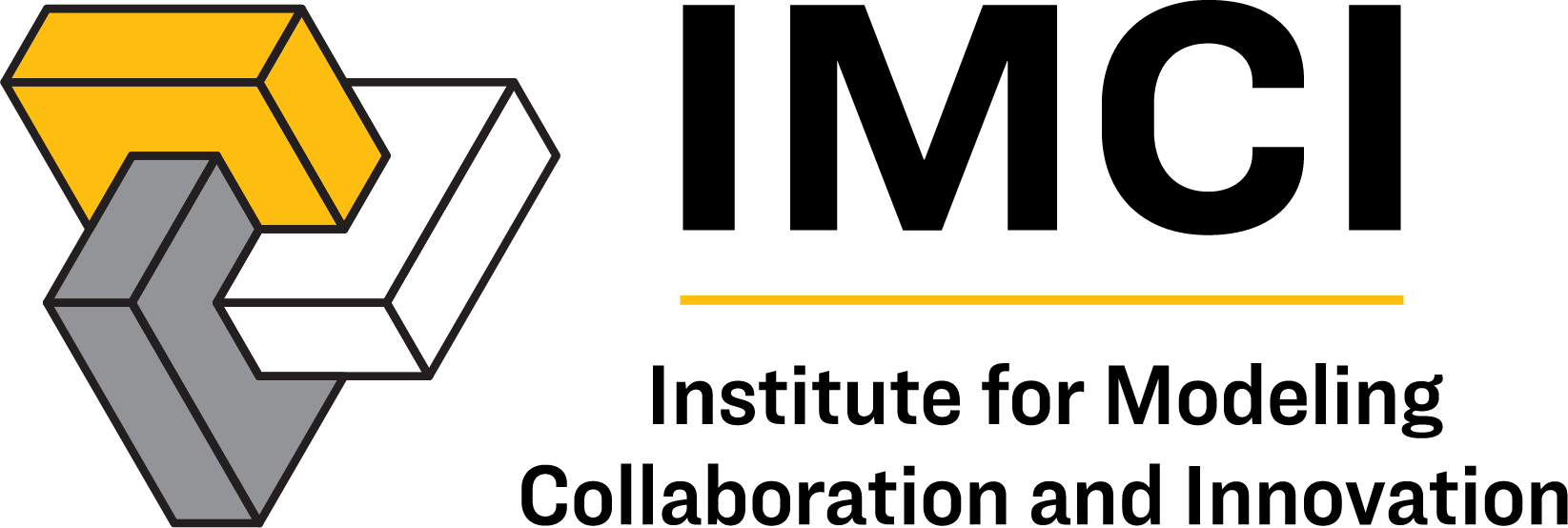Request for White Papers
Center for Modeling Complex Interactions Request for White Papers The Center for Modeling Complex Interactions (CMCI) requests white papers outlining ideas for research projects related to our mission. CMCI fosters interdisciplinary biomedical research by bringing together modelers and empirical scientists to address problems across all levels of biological organization, from biophysical to ecological. Learn more about…



